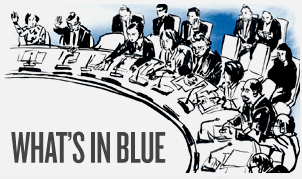Peacekeeping Open Debate
On Monday (21 January), the Security Council is scheduled to hold an open debate entitled “UN Peacekeeping: a multi-dimensional approach.” Pakistan’s Foreign Secretary, Jalil Abbas Jilani, is expected to chair the meeting and Secretary-General Ban Ki-moon is set to brief. (Monday’s meeting follows the 12 December briefing in the Council on the related issue of cooperation between UN peacekeeping missions, although being an open debate this time all member states will have the opportunity to participate.) Following four rounds of negotiations, a draft resolution was put under silence on Tuesday (15 January) and went into blue on Wednesday (16 January). The resolution is expected to be adopted at the debate.
This will mark the first time since resolution 1353 (2001) that the Council has adopted a resolution on peacekeeping. (In recent years, outcomes on the topic have tended to be presidential statements.) It seems that Pakistan’s decision to pursue a resolution—seen as the most authoritative of Council outcomes—stems from its commitment to peacekeeping, as well as a broader recognition within the Council that peacekeeping missions are one of the most significant tools at its disposal. (Pakistan is the top military and police contributor to UN operations – see contributors’ list here.) While the draft resolution does not break new ground, it highlights the considerable evolution in peacekeeping thinking and practice in recent years.
The draft resolution highlights the various ways in which peacekeeping and peacebuilding overlap in multidimensional peacekeeping operations. It notes, for example, that peacebuilding challenges need to be recognised during mission assessment and planning processes so as to ensure coherence and integration of activities. Additionally, it notes the numerous peacebuilding-related activities that peacekeeping operations may conduct, such as assisting national governments with security sector reform and disarmament, demobilisation, and reintegration; and supporting inclusive political dialogue through good offices. (An example of a current mission whose mandate is much broader than that of traditional peacekeeping missions is the UN Mission in South Sudan, which—among other tasks—carries out electoral assistance, judicial and corrections support and helps to strengthen the rule of law in the country.)
There appear to have been some differences of opinion related to how extensively the draft resolution should reference the importance of protecting civilians and combating sexual and gender-based violence. Ultimately, it seems that references to these issues were retained in the final draft, as a balance was struck between those who wanted more detailed language and those who preferred more concise references to these matters.
During the negotiations, some delegations apparently noted that it was important to recognise the continuing importance of traditional peacekeeping operations. Several members concurred with this point, and there was broad recognition in the negotiations that the resolution, while focusing on multidimensional peacekeeping, should also acknowledge the spectrum of peacekeeping operations, ranging from traditional to more complex operations. Consequently, language has been included in the draft resolution emphasising that each peacekeeping operation should be tailored to the local context and needs.
In preparation for the debate, Pakistan circulated a concept paper “UN peacekeeping: a multidimensional approach” (S/2013/4) that highlighted the overlap between peacekeeping and peacebuilding, alluding to several of the issues incorporated in the draft resolution. The concept paper referenced the five peacebuilding priorities outlined in the Secretary-General’s 2009 report on peacebuilding in the immediate aftermath of conflict (S/2009/304) and provided examples of current and past UN peacekeeping missions that have performed activities related to each of these areas.
The concept paper also outlined potential themes to help focus the debate, including early planning for peacekeeping operations; coherence and coordination among UN actors; deploying well-trained peacekeepers with relevant expertise; and support for institution-building, including in justice and security, through training and mentoring.
Follow us on Twitter

